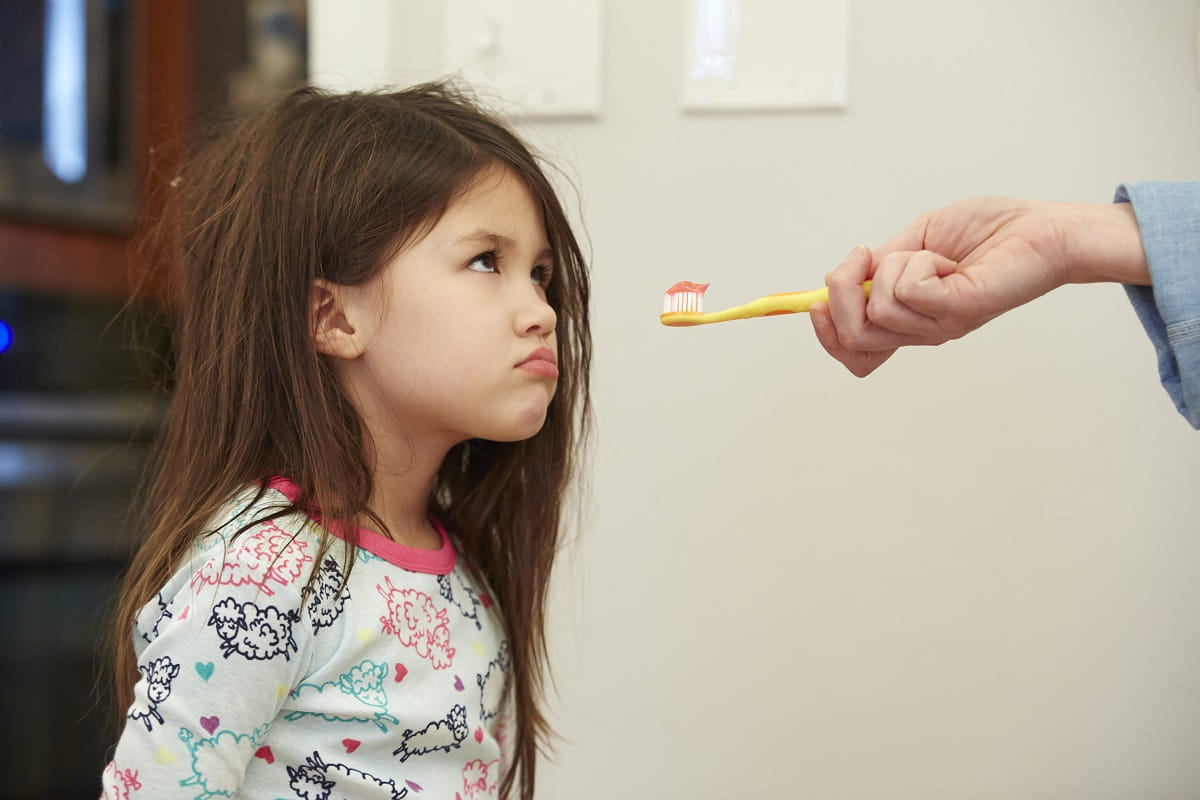Creating a Morning Routine That Benefits Children Rather Than Harms Them
Let us face it: mornings with children might resemble a frantic relay race rather than a tranquil beginning to the day.

You are not alone if you have ever had the feeling that your daily ritual is working against your family rather than with them.
The good news is that things do not have to be this way.
Let us discuss how to create a morning routine that benefits your children rather than hinders them. One that eases tension, accommodates your family's routines, and gets everyone out the door (for the most part) on time and without any tears (yours or theirs).
Why Conventional Morning Routines Are Ineffective for Families
The majority of productivity tips are designed for grownups who are single and have no one to pull on their pants while they brew coffee. Therefore, we become disappointed and burned out when we attempt to fit our mornings into a "perfect" schedule—miracle mornings, anyone?
Children are unpredictable and have their own rhythms and requirements. This means that rather than relying just on timers and checklists, your routine should be designed with flexibility and connection in mind.
Step 1: Begin the previous evening (really)
The unglamorous reality of pleasant mornings is that they begin the previous evening. Even if you do not have to plan every detail, a few minor actions can have a big impact:
Arrange everyone's clothing, including yours.
Prepare lunches and snacks in advance.
Verify weather gear, permission slips, and backpacks one more time.
Prepare your tea or set the coffee maker.
If at all possible, get into bed 20 to 30 minutes sooner.
You will have an advantage if you do even one of those things.
Step 2: Make a Chart of Activities That Are Kid-Friendly
Children, especially younger ones, benefit greatly from visual routines. Show what must do every morning in a straightforward, sequential manner using drawings, magnets, or pictures:
Get up.
Go to the restroom
Put on your clothes.
Consume breakfast.
Clean your teeth.
Stow your backpack.
Allowing children to contribute to its creation provides them a sense of ownership and transforms the daily routine into a mission rather than a contest for dominance.
Step 3: Include buffer time (because spills do occur)
Our world is not as ideal as Pinterest. There will be an orange juice spill. Someone is going to need to change their clothes immediately. Your car keys will be hidden by the child.
Include ten to fifteen minutes of buffer time in your daily schedule. In this manner, you will not be behind when things take a turn for the worst, which they will.
Step 4: If at all possible, get up before your children.
It is difficult, indeed. It is worth it, indeed.
You can feel less reactive and more grounded if you take even 10 to 20 minutes to yourself before your children wake up. You can stretch, take a cup of coffee, breathe, scroll guilt-free, or simply sit quietly.
Start on your own terms; you do not have to take over the globe.
Step 5.Choose Connection Over Control in Step Five
Sometimes we forget that children are not miniature versions of grownups because we are too preoccupied with getting them through the routine. They are still learning executive functioning, emotional control, and how to keep their cool when they see a cup of the wrong hue.
Rather than struggling through every second, try:
Patience and empathy "I understand that waking up is difficult. Let us work together on it.
Step 6: Make breakfast easy and consistent.
This is not the time for a gourmet omelet station. Choose simple, dependable breakfast options that your children will eat:
Overnight oats
Whole-grain waffles or toast with nut butter
Smoothies
Pre-cooked egg muffins
Yogurt with fruit
If you rotate the same few meals, that is acceptable. Repetition reduces choice fatigue and helps children understand what to expect.
Step 7: Show Adaptability and Pardon the Untidy Mornings
Even with careful planning, some mornings will still be chaotic. There will be a cry. The lunchbox will be forgotten by you. Despite your self-promised refrain, you will yell.
It is alright.
The goal of routines is rhythm, not perfection. Your routine can work with your family rather than against them if it is based on your actual life rather than a fantasy schedule.
Mornings that work with your children, not against them, is the aim.
Concluding Remarks: You Could Have a Little Easier Morning
Smoother mornings do not require a 5 a.m. wake-up call, a color-coded schedule, or a whole lifestyle change. All you need is a schedule that allows for grace while reflecting the realities of your household.
Begin modestly. This week, choose one thing to alter. Build from there.
For what is the true secret? Less stress and more presence are the foundations of a successful morning.
What's Your Reaction?




















